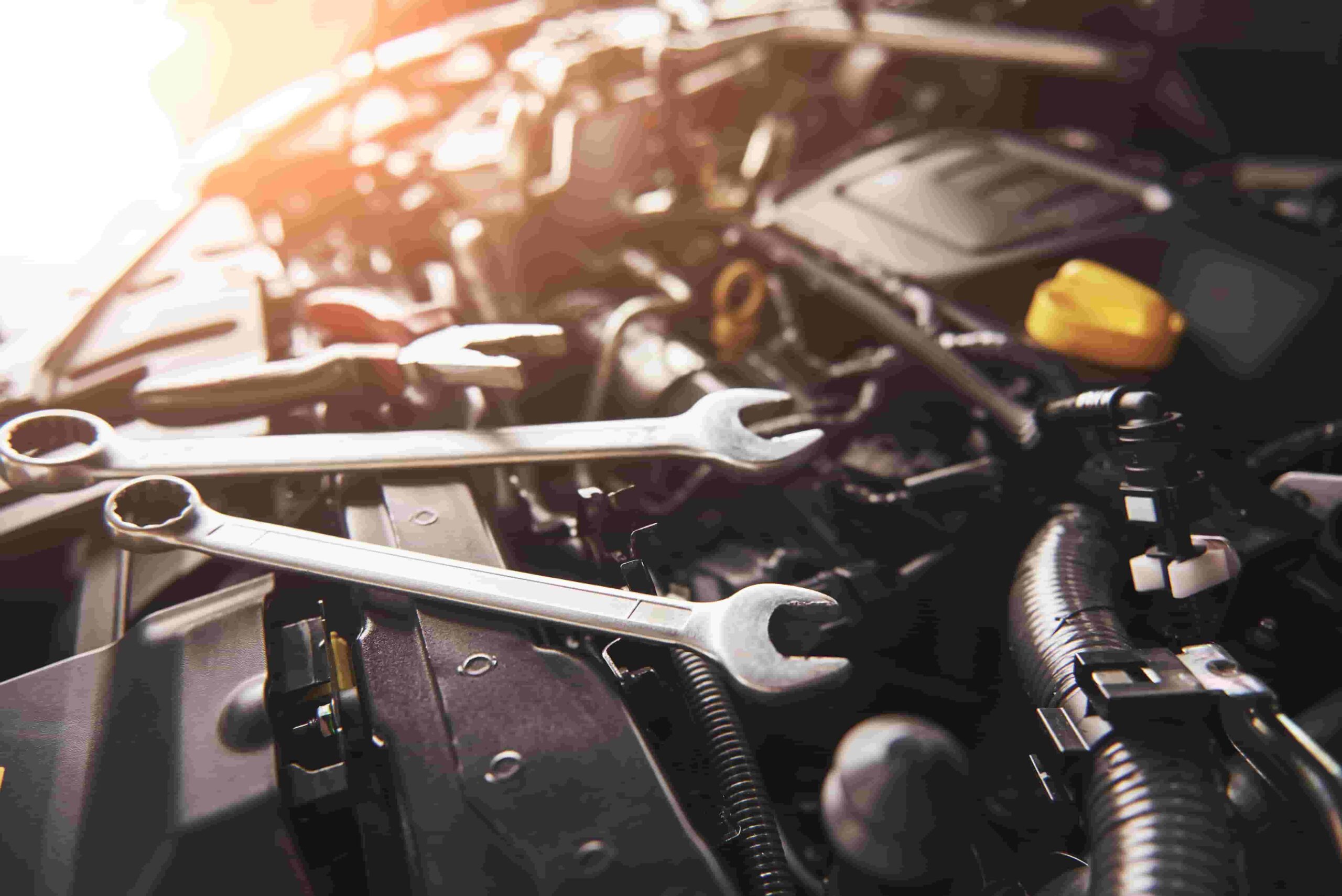Introduction
Every car enthusiast or DIY mechanic faces the choice between OEM (Original Equipment Manufacturer) and aftermarket parts. Whether you’re performing routine maintenance or customizing your ride, understanding the differences between these two types of parts is crucial. This blog post aims to demystify OEM and aftermarket parts, helping car owners make informed decisions that best suit their needs.
Understanding OEM Parts
OEM parts are made by the vehicle’s original manufacturer. These parts are identical to what was originally installed in your car when it rolled off the assembly line.
Pros of OEM Parts
One of the main advantages of OEM parts is quality assurance. Since these parts are designed specifically for your make and model, they offer a perfect fit and reliable performance. Additionally, they often come with a warranty, providing peace of mind.
Cons of OEM Parts
However, OEM parts tend to be more expensive than aftermarket options. They are also less readily available, as you typically need to purchase them directly from dealerships or authorized distributors.
Real-World Example
Consider John, a car enthusiast who swears by OEM parts for his 2015 Honda Civic. He appreciates the guaranteed fit and performance, even though it costs him more compared to aftermarket alternatives.
Exploring Aftermarket Parts
Aftermarket parts are made by third-party manufacturers. These parts are designed to fit and function like OEM parts but are not produced by the original automaker.
Pros of Aftermarket Parts
Aftermarket parts are usually more affordable and widely available. They also offer a variety of options, allowing car owners to choose based on their preferences for performance or aesthetics.
Cons of Aftermarket Parts
The downside is that the quality can vary significantly. Without stringent quality control, some aftermarket parts may not match the durability or performance of their OEM counterparts.
Real-World Example
Take Lisa, a DIY mechanic who prefers aftermarket parts for her 2008 Ford Mustang. She enjoys the cost savings and the variety of options, but she remains cautious about the quality and compatibility of the parts she selects.
Factors to Consider in Your Decision
When deciding between OEM and aftermarket parts, consider several factors to make an informed choice.
Vehicle Age
For newer vehicles, OEM parts might be the better option to maintain the car’s resale value and ensure compatibility. Older cars, however, might benefit more from the affordability of aftermarket parts.
Warranty
If your vehicle is still under warranty, using OEM parts can help you avoid voiding it. Always check your warranty terms before making a decision.
Performance Preferences
For those looking to enhance performance or customize their vehicle, aftermarket parts provide more options. From high-performance brake pads to custom exhaust systems, aftermarket parts can offer specialized features.
Research and Consultations
Do your homework. Research reviews and ratings of aftermarket parts, and don’t hesitate to consult with a trusted mechanic to get professional advice tailored to your specific vehicle and needs.
Case Studies
To give you a clearer picture, here are some insights from car enthusiasts and DIY mechanics who have used both OEM and aftermarket parts.
Enthusiast’s Take
Tom, a Subaru WRX owner, shared his experience on a car forum. He initially used OEM parts but switched to aftermarket ones for better performance in rally racing. “The aftermarket parts gave me the edge I needed,” he said, “but it took some trial and error to find the right ones.”
Mechanic’s Insight
Rachel, a professional mechanic, often advises her clients on the choice between OEM and aftermarket parts. “For common repairs, aftermarket parts can be just as good,” she notes, “but for critical components, I usually recommend OEM.”
Vehicle Owner’s Perspective
James, a daily commuter with a Toyota Camry, prefers OEM parts for reliability. “I don’t want to take any chances with my daily driver,” he explained. “The peace of mind is worth the extra cost.”
Conclusion
Understanding the differences between OEM and aftermarket parts is essential for every car enthusiast, DIY mechanic, and vehicle owner. Both options have their pros and cons, and the best choice depends on various individual factors like vehicle age, warranty, and performance preferences.
To summarize:
- OEM Parts offer assured quality and fit but at a higher cost and with limited availability.
- Aftermarket Parts provide affordability and variety but require careful selection to ensure quality.
Ultimately, the choice between OEM and aftermarket parts should be based on thorough research and personal needs. We encourage you to share your experiences and questions in the comments below. For tailored advice or to learn more about our services, feel free to reach out.
Happy driving, and may your vehicle always run smoothly!


